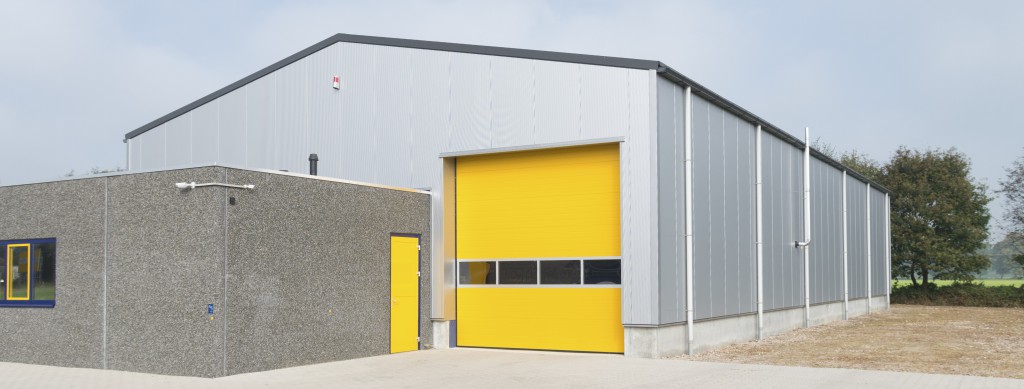
Can Small Manufacturers Teach Quality to Big Ones?
The way that small manufacturers operate holds valuable lessons for the industry as a whole. Armed with quick and flexible production schedules, as well as strong quality control standards, small manufacturers are able to compete with larger companies in a sophisticated market. While small manufacturers don’t produce the same type or quantity of products as their larger peers, the way that they operate is indicative of a tight and efficient management style that adheres to the lean manufacturing philosophy. These niche facilities are able to steer clear of common problems such as overproduction, over-processing and product defects.
Small manufacturers make big moves
In the U.S., the manufacturing industry has evolved through many iterations. Today, according to Manufacturing Global, there is a growing number of small manufacturers, indicating that the outsourcing trend may be reversing slightly. In 2015, there were more than 270,000 small manufacturers across the country. Many of these facilities have less than 50 employees, however, these companies are also responsible for 60 percent of U.S. exports. Contributing approximately 12 percent to U.S. Gross Domestic Product, it is clear that these entities are doing something right.
Small manufacturers adhere to slightly different management philosophies than larger companies when it comes to production. These facilities are able to achieve product customization by maintaining fast and agile production schedules. Employing the same methods that a larger facility would for achieving more efficient changeovers, smaller manufacturers understand that planning and scheduling make a big difference on output and the bottom line. Manufacturing Global pointed out that small manufacturers keep production costs low by following made-to-order production plans. The benefits of this approach include lower inventory levels, no overstock situations, and quality production. Inherent in this type of operation is a strict adherence to following procedures and doing things by the book – something that sometimes larger facilities let slip.
It is important to point out that supply chain costs increase substantially when companies either do not follow standard operating procedures or do not have the best processes in place. Product defects, idle time, and bottlenecks can occur when standards are loose, and these situations are best avoided through careful planning and execution. Small manufacturers are able to avoid common manufacturing pitfalls because production is based on continuously meeting sales goals. Additionally, small manufacturers emphasize the necessity for rigorous quality control standards, which leads to fewer manufacturing defects.

A more careful and diligent management style
According to IndustryWeek, the manufacturing industry is going through a business transformation. In response to shifting consumer expectations, global competition, and advances in technology, facilities are accelerating their production cycles to meet market demand. Similarly to small manufacturers, larger facilities must now exert greater control over the supply chain and adjust business models to meet customer expectations and keep the bottom line healthy.
When it comes to flexible production styles, quality control is key. Accordingly, if you want to make sure your organization is committed to quality, focus on these 3 points:
- Make quality a part of your culture
Strong leadership is essential for achieving a culture of quality. Management cannot just give directions to plant staff, they must make quality management education a regular item on the agenda. Today, at many organizations, executives think of quality as a department, not a company wide priority. Since the majority of facility employees do not work in the quality department, the responsibility of fostering a culture of quality falls initially upon the executive management team. When each person in a facility acts like a stakeholder in the production process, defects and deficiencies are significantly reduced. - Align your KPIs inline with your end goals
At your facility, you should be able to monitor the success of any process at any point in time. Without effective organizational metrics, executives will not be able to track progress, set goals, or achieve results. Whether measuring costs, quality, or equipment effectiveness, having KPIs in the right places is paramount. - Unite disparate systems
Quite commonly, facilities manage disparate systems – likely as a result of sporadic technology investment throughout the years. The best way to address a lack of uniformity in plant equipment is to make sure you have an effective management operating system. With one central resource standardizing processes and reports across departments, you will be able to operate in a more streamlined manner. Using the right system, manufacturers are able to manage fractured manufacturing operations, mitigate nonconformances, and take corrective and preventative actions when necessary.
What makes small manufacturers able to accurately meet their budgeting goals is avoiding costly production mistakes. Larger facility operators should follow this example and make quality an integral part of processes, culture, training, and management.





